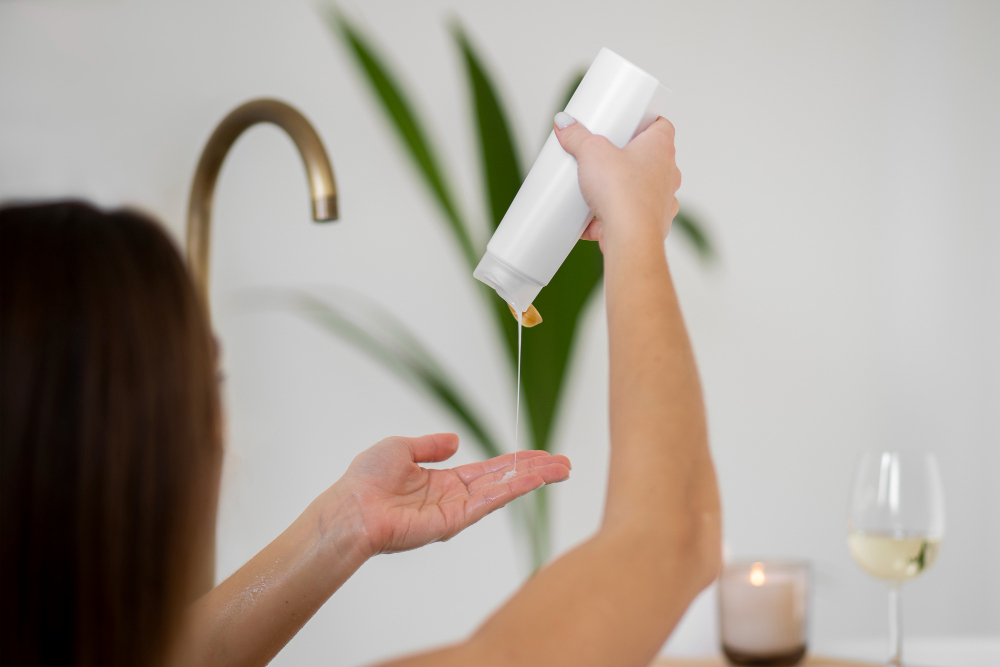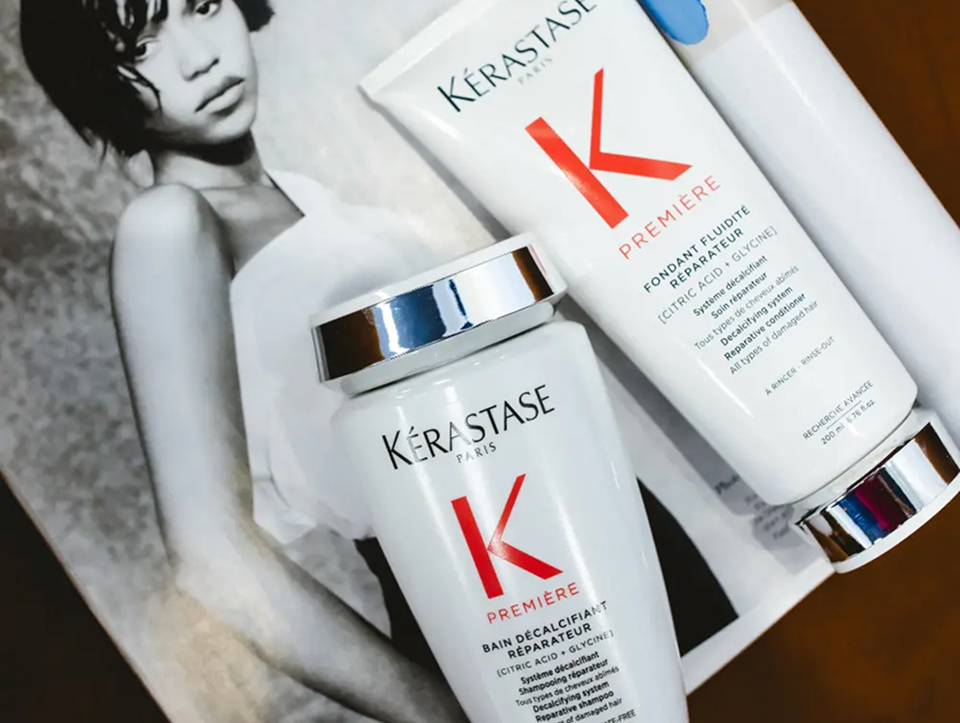Are you wondering if you can skip your shampoo and still keep your hair soft, shiny, and hydrated? At Haste Urban Hair Spa in Boston, we see more people turning to co-washing, or conditioner washing, to change up their hair care routine.
So why turn to washing hair with conditioner only? Traditional shampoos can strip your hair of its natural oils, leaving your hair dry, frizzy, and brittle.
Conditioner washing is a gentle, moisture-rich alternative that cleanses your hair without harsh sulfates. It’s perfect for natural, curly, coily, or color-treated hair and is gaining popularity among those looking for healthier, more manageable locks.
By replacing shampoo with a lightweight, silicone-free conditioner, you can retain moisture, reduce frizz, protect color, and enhance curl definition, all while keeping your scalp refreshed.
The result? Hair that feels soft, hydrated, and full of life naturally. Not sure what healthy hair should look like? Check out our Healthy vs Unhealthy Hair guide to learn more and start your journey to stronger, happier hair.
What is Co-Washing? (Conditioner Washing Explained)
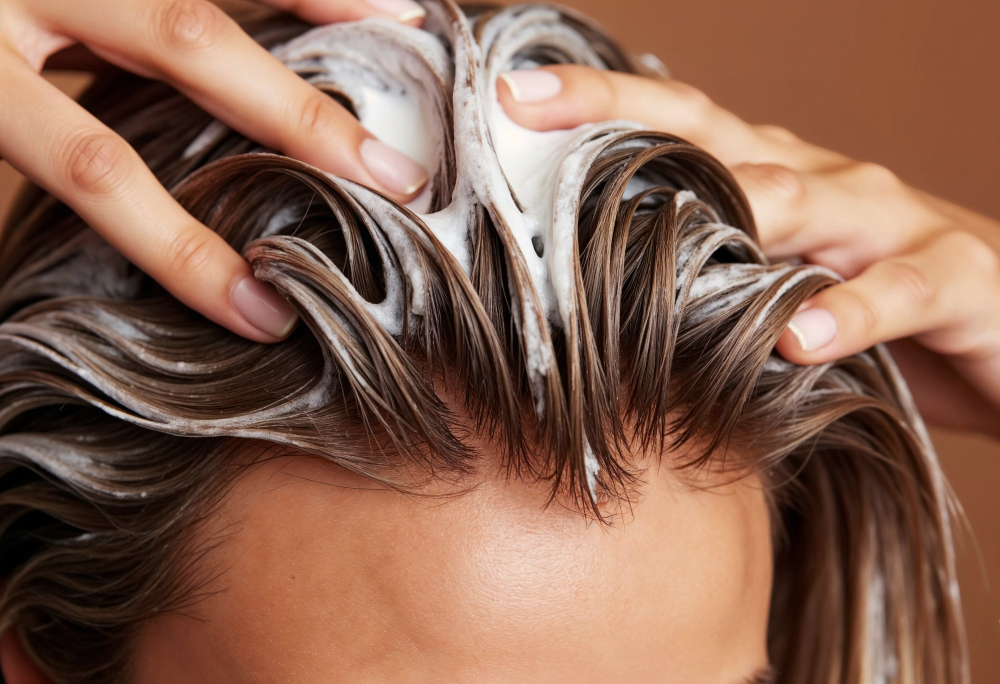
Co-washing, also called cowash, conditioner washing, or washing hair with conditioner only, is a gentle hair cleansing method that skips traditional shampoos.
Why it’s called co-washing:
It uses conditioner as the primary cleanser instead of detergent-heavy shampoos, leaving your hair soft and hydrated.
How Co-Washing Works (The Science Behind the Suds-Free Cleanse):
- Shampoos often contain sulfates (like sodium lauryl sulfate) that strip hair of natural oils.
- Co-washes use cationic surfactants (behentrimonium methosulfate, cetyl alcohol) that gently remove dirt while moisturizing hair.
💡 Tip: For alternating routines, check out our guide on conditioner vs leave-in conditioner.
BENEFITS OF CO-WASHING (AND WHEN TO AVOID IT)

Benefits
1. Retains Moisture & Natural Oils
Unlike traditional shampoos, co-washing gently cleanses without stripping your scalp’s natural oils. This means your hair stays soft, hydrated, and less prone to breakage. If you struggle with dry ends or frizz after every wash, co-washing can be a game-changer for your daily routine.
2. Enhances Curl Definition
For curly or coily hair, co-washing helps preserve your natural pattern. By retaining moisture and preventing harsh stripping, curls bounce back with more definition and less frizz, making styling easier and more predictable.
3. Protects Color-Treated Hair
Sulfates in regular shampoos can fade hair color quickly. Co-washing is a gentler alternative that helps maintain vibrancy and reduces the risk of color washout, so your highlights, balayage, or full-color treatments last longer.
4. Reduces Frizz & Dryness
By keeping hair moisturized from root to tip, co-washing minimizes the dryness and static that often lead to frizz. Your hair feels softer and more manageable, making styling a breeze.
5. Supports Scalp Balance
A hydrated scalp is a healthy scalp. Co-washing maintains natural oils while gently removing dirt and sweat, helping prevent irritation and dryness. This balance can also reduce scalp itchiness, making it ideal for sensitive scalps or those prone to dryness.
When to Avoid or Adjust
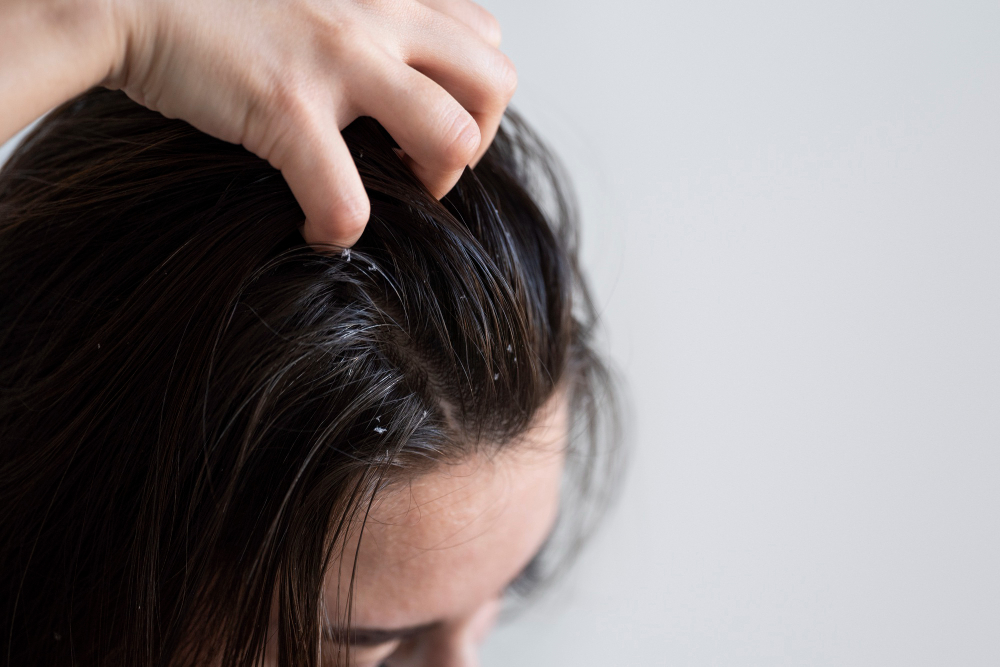
Oily Scalps or Fine/Thin Hair
If your hair tends to get greasy quickly or is very fine, co-washing can weigh it down. In these cases, alternate with a gentle shampoo to keep your scalp fresh.
Heavy Product Users (Gel, Wax, Silicone)
Co-washing alone may not entirely remove heavy styling products. Residue can build up, making hair feel coated or flat.
Scalp Prone to Buildup or Dandruff
Those with frequent dandruff or scalp buildup may find co-washing alone insufficient. Incorporating a clarifying shampoo once every 2–4 weeks can help restore balance.
💡 Tip: If your hair feels greasy, sticky, or coated after co-washing, it might be time for a clarifying rinse. At Haste Urban Hair Spa in Boston, our stylists recommend alternating co-wash and gentle clarifying sessions for optimal scalp and hair health.
HOW TO CO-WASH HAIR (STEP-BY-STEP GUIDE)
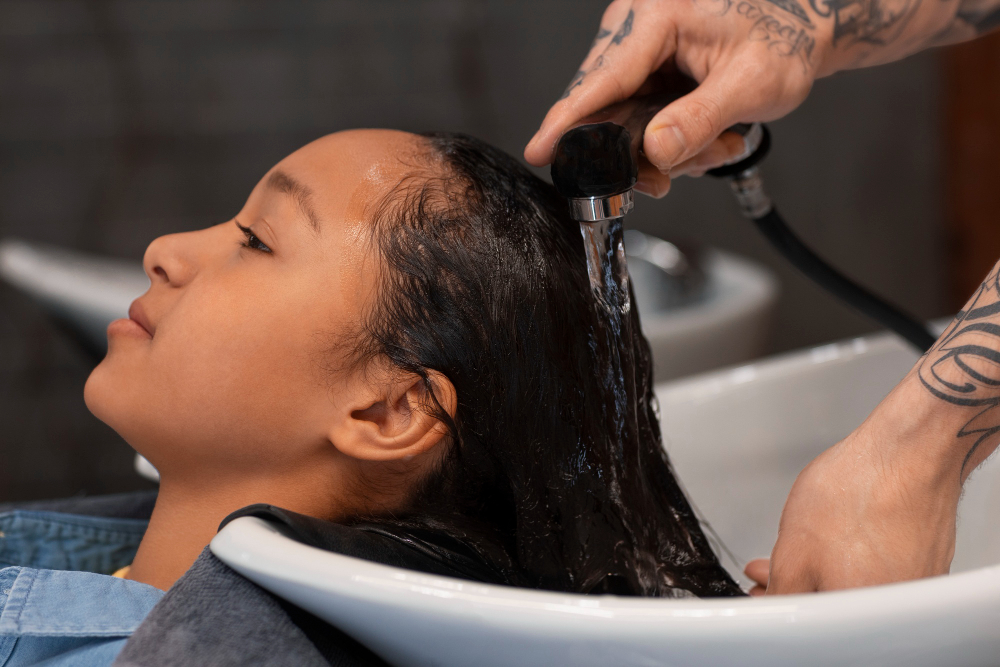
Co-washing might seem simple, but doing it correctly ensures your hair stays clean, hydrated, and frizz-free. Follow these steps — curated for natural, curly, coily, and color-treated hair — to get the best results.
1️⃣ Choose the Right Co-Wash or Conditioner
Not all conditioners are created equal. For co-washing, avoid:
- Silicones (anything ending in –cone, like dimethicone)
- Heavy waxes or butters
- Sulfates or drying alcohols
Instead, choose products with hydrating ingredients like aloe, shea butter, glycerin, or lightweight oils.
🧴 Tip: Look for products specifically labeled “cleansing conditioner” or “co-wash.” For a professional option, try Kérastase Cleansing Curl Conditioner.
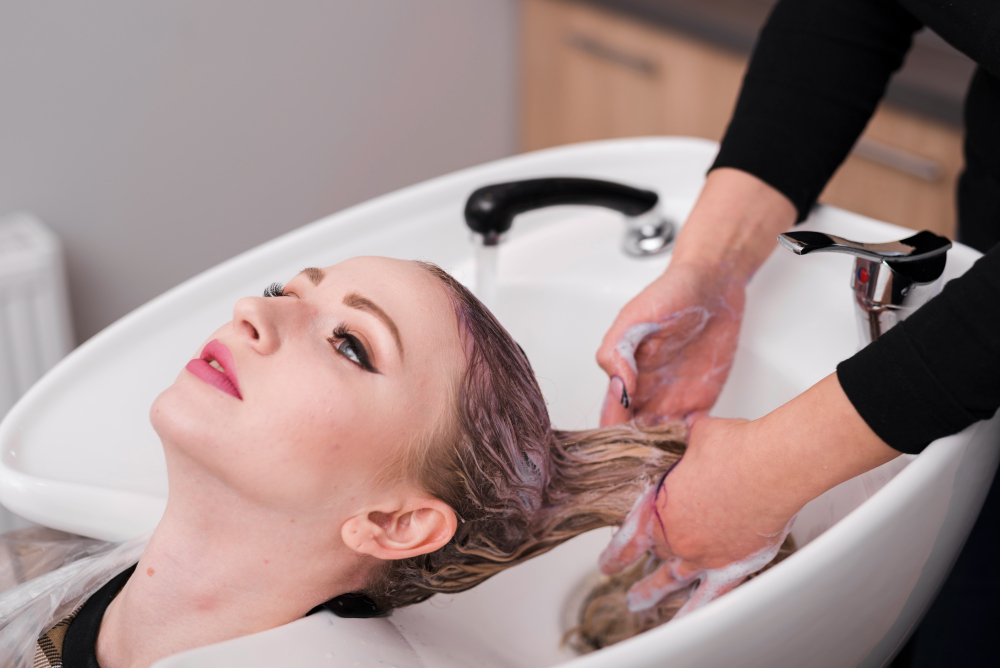
2️⃣ Wet Hair Thoroughly
Use warm water to saturate your hair thoroughly. This:
- Opens the cuticle for better moisture absorption
- Loosens dirt, sweat, and light product buildup
- Makes your hair easier to detangle
3️⃣ Apply Generously
Don’t be shy — co-washing requires enough product to coat your scalp and strands thoroughly. Focus on:
- Roots & scalp — for gentle cleansing
- Ends — for hydration and slip during detangling
💡 Tip: For extra-dirty days or after workouts, consider a double co-wash: apply once to cleanse, rinse, then reapply to hydrate and detangle.
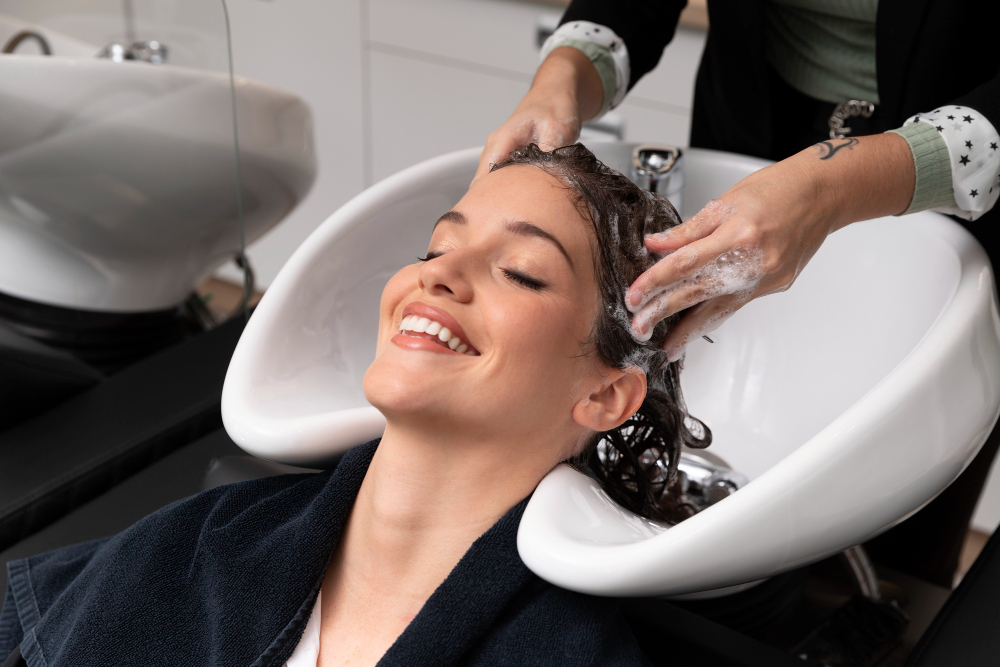
4️⃣ Massage the Scalp (3–5 Minutes)
Your fingertips are your best tool. Massage in gentle, circular motions to:
- Dislodge dirt and sweat
- Stimulate blood flow for a healthy scalp
- Ensure the conditioner reaches every strand
⚠️ Avoid using nails, which can scratch or irritate your scalp.
5️⃣ Detangle Gently
Use your fingers or a wide-tooth comb to remove knots while the conditioner is in your hair. This prevents breakage and maintains curl pattern integrity.
💡 Tip: If your curls are tightly coiled, detangle in sections from ends to roots for minimal damage.
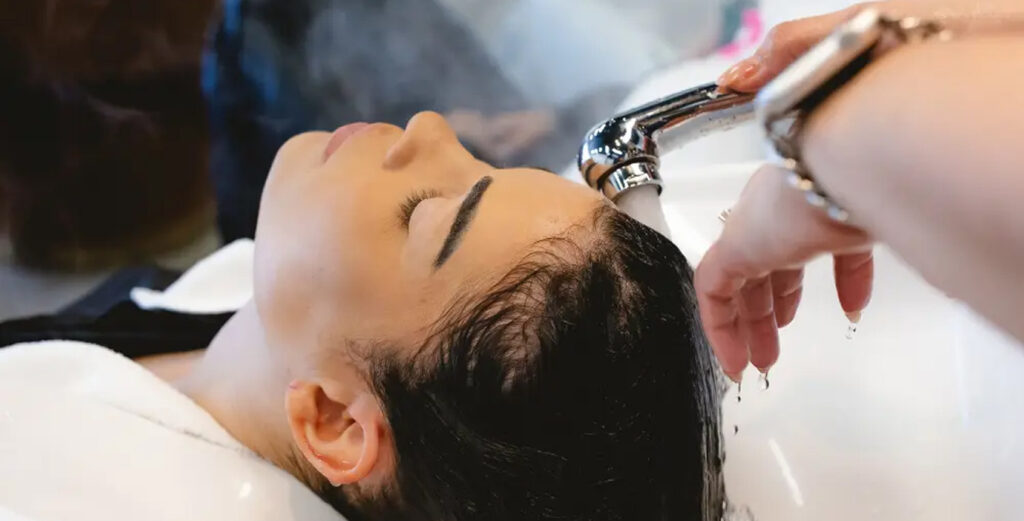
6️⃣ Rinse with Cool Water
Finish with a thorough rinse using cool water to:
- Seal the hair cuticle
- Lock in moisture
- Reduce frizz and enhance shine
Bonus Tips for Optimal Co-Washing
- Frequency Adjustment: Co-wash 2–3 times per week for curly/coily hair; fine or oily hair may need less frequent co-washing.
- Clarifying Reset: Use a gentle, sulfate-free clarifying shampoo once a month to prevent buildup learn more about it in our no-poo hair care guide.
- Professional Touch: For a spa-level cleanse, book a co-wash session at Haste Urban Hair Spa in Boston. Our stylists tailor product selection and massage techniques to your hair type for ultimate hydration and curl definition.
HOW OFTEN SHOULD YOU CO-WASH?
| Hair Type | Recommended Frequency | Notes |
|---|---|---|
| Curly / Coily | 2–3x/week | Clarify monthly |
| Natural / Thick | 2x/week | Hydrate midweek |
| Oily / Fine | 1x/week | Alternate with shampoo |
| Color-Treated | 2–3x/week | Use sulfate-free co-wash |
| Active Lifestyle | After workouts | Clarify bi-weekly |
💡 Tip: Adjust based on your hair’s feel — everyone’s scalp is different.
BEST CO-WASH PRODUCTS BY HAIR TYPE
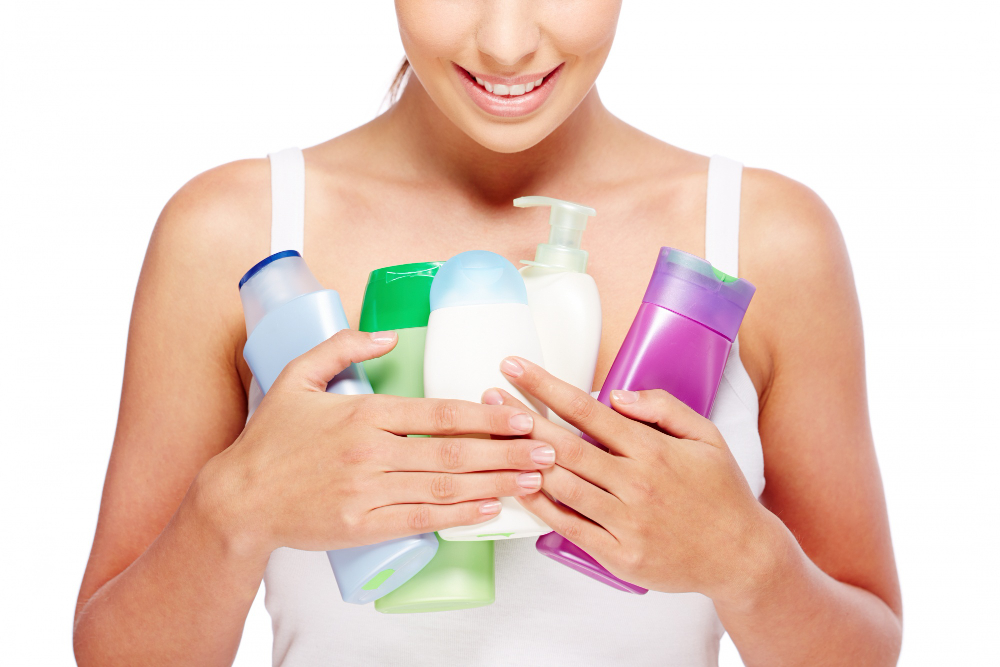
Thin or Fine Hair: Lightweight co-washes like As I Am Coconut CoWash or SheaMoisture Lightweight CoWash.
Curly or Coily Hair: Moisture-rich formulas like Mielle Organics or Curlsmith Curl Quenching CoWash.
Color-Treated Hair: Sulfate-free, low-pH options like Pureology Cleansing Conditioner.
Brazilian / Chemically Treated Hair: Protein-balanced co-washes like Ouidad Curl Immersion or Carol’s Daughter Hair Milk.
🧴 Find out more about the different types of shampoos you can use.
DIY CO-WASH RECIPES (NATURAL OPTIONS)

- Aloe Vera + Coconut Milk + Glycerin — hydration booster
- Apple Cider Vinegar + Conditioner — gentle clarifying
- Banana + Olive Oil — softens dry ends
⚠️ Always rinse thoroughly — natural ingredients can cause buildup if not removed.
CO-WASH VS SHAMPOO VS NO-POO
| Method | Cleansing Strength | Moisture | Ideal For | Frequency |
|---|
| Co-Wash | Light | High | Dry / Curly | 2–3x/week |
| Low-Poo | Moderate | Medium | Normal / Color-Treated | Weekly |
| No-Poo | Minimal | Very High | Dry / Coily | As needed |
| Shampoo | Strong | Low | Oily / Product-Heavy | 1x/week |
Pro Tips For Conditioner Washing
When it comes to conditioner washing success, we recommend you do the following:
- Even co-washers need a reset. Use a gentle clarifying shampoo once a month to remove buildup and restore scalp balance.
- Alternate with water-only rinses or no-poo days to refresh between washes.
- Try the “double co-wash” method for extra dirty hair: apply once to cleanse, rinse, then reapply to hydrate and detangle.
- Focus on the scalp — that’s where most buildup happens.
- Follow with a leave-in conditioner or styling product suited to your texture.
Transform Your Hair with Co-Washing: Hydrate, Define & Shine
Co-washing isn’t just a trend — it’s a transformative approach that helps you retain moisture, enhance curl definition, protect color, and maintain scalp balance.
Whether you choose to co-wash exclusively or alternate with gentle shampoo, your healthiest hair begins with a routine that’s tailored to your unique texture and lifestyle.
✨ Ready to experience professional results? Visit us for some of the best hair treatments available.
FAQ
Why does my hair feel dirty after co-washing?
If your hair feels greasy, heavy, or coated after co-washing, it’s typically due to product buildup or insufficient scalp massaging. To refresh your hair, consider using a gentle clarifying shampoo once a month. Make sure to spend 3–5 minutes massaging your scalp during each wash to lift debris.
Can I use any conditioner to co-wash?
Not all conditioners are suitable for co-washing. Many contain silicones or heavy oils that can leave residue or weigh down your hair. For best results, use lightweight, silicone-free conditioners labeled “cleansing” or “co-wash”. These products gently clean while retaining moisture.
Can I co-wash daily?
Daily co-washing is only recommended for dry, curly, or natural hair that benefits from frequent hydration. If you have oily or fine hair, co-washing every day can lead to greasiness or buildup, making your hair feel heavy and flat. Instead, alternate co-washing with occasional water-only rinses or a gentle shampoo to maintain balance.
Can I alternate co-washing and shampooing?
Many hair care routines benefit from alternating between different products. A common approach is “co-wash twice, clarify once”, which keeps hair hydrated while preventing buildup. This method works for most textures, from curly and coily to color-treated hair, ensuring your scalp stays balanced and your strands remain soft and manageable.
Does co-washing remove product buildup?
Co-washing can remove light dirt and sweat, but it’s generally less effective on heavy product buildup from gels, waxes, or silicone-based styling products. For a complete reset, incorporate a gentle clarifying shampoo every 2–4 weeks. This keeps hair soft, clean, and prevents dullness or limp curls.

